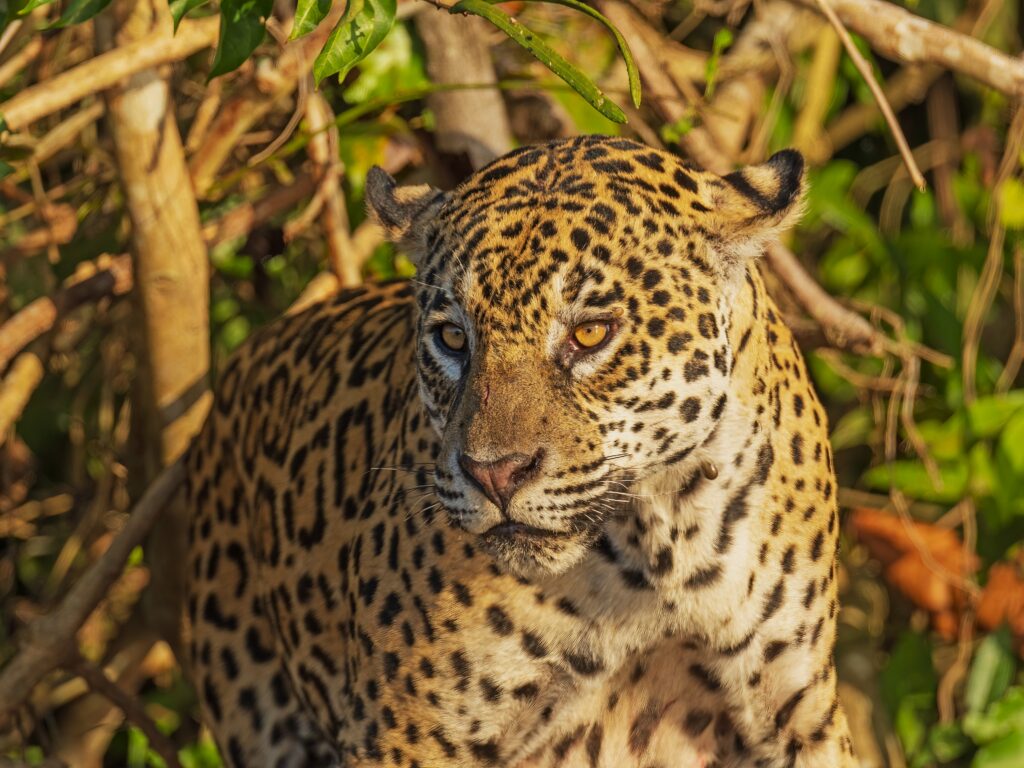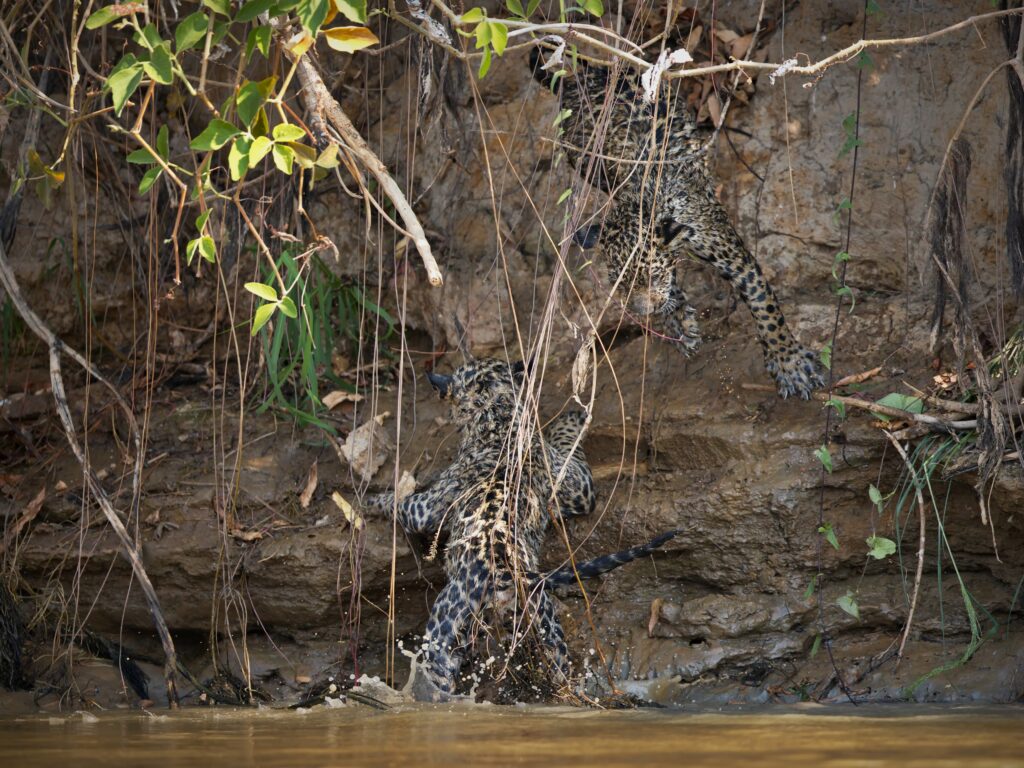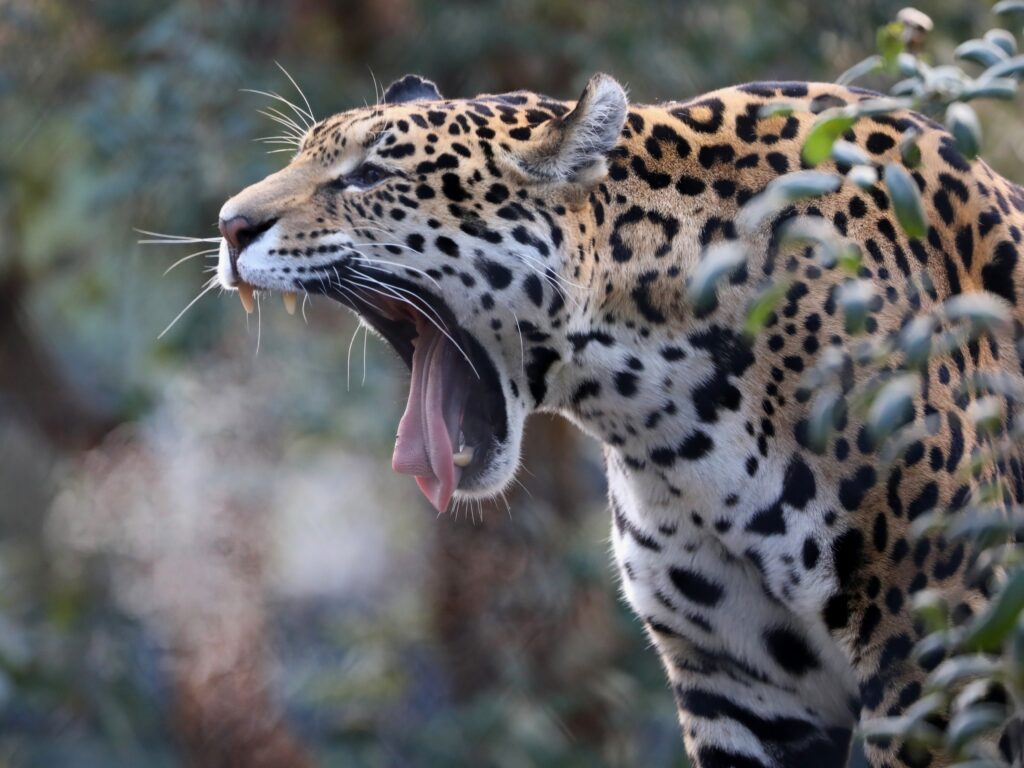Jaguars (Panthera onca) are the apex predators of Central and South America. They are the largest members of the cat family; they can be found from northern Mexico to northern Argentina.
Swamps, rainforests, wooded regions and scrublands are usually their preferred habitats. Their colouration is orange to tan with black spots; these features, along with their shy behaviour make them difficult to spot in the wild at most places.
It is estimated that around 64,000 jaguars remain in the wild, nearly 90% of them living in the Amazon basin.
Capybaras and peccaries are their main prey, however, they will also take crocodilians, fish, birds and deer. They occasionally attack livestock in areas where ranches were established in their natural habitats, creating an ongoing human-jaguar conflict.








Leave a Reply